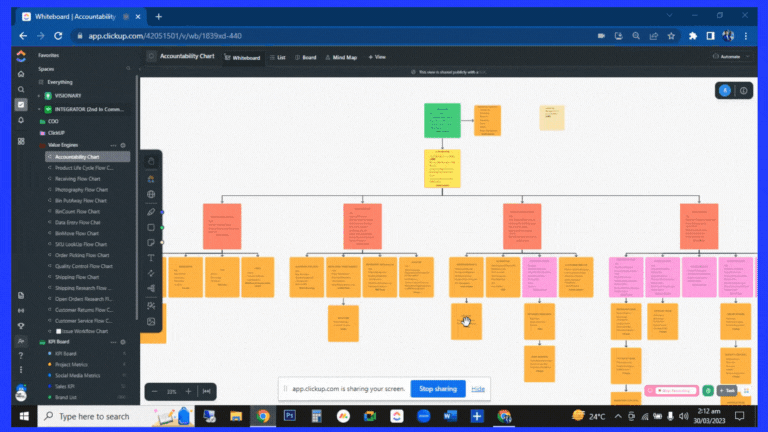Business Automation
- Home
- Case Studies
- automation
- Business Automation


Project Info
- Category : business, Project Management
- Client : Confidential
- Published : July 01, 2023
- Website : https://github.com
- Share :
Title: Implementing an ERP System for a Multichannel E-commerce Business
Abstract: This case study explores the implementation of an Enterprise Resource Planning (ERP) system for a large-scale e-commerce business operating on multiple platforms such as Amazon and Shopify. The case study provides an overview of the challenges faced by the company in managing its operations across various channels and highlights the benefits achieved through the adoption of an ERP solution. It further outlines the selection process, implementation strategies, and the positive outcomes experienced by the organization after the ERP system’s successful deployment.
Introduction:
The rapid growth of e-commerce platforms like Amazon, Shopify, and others has led to immense opportunities for businesses to expand their reach and increase sales. However, managing operations across multiple channels simultaneously presents complex challenges in terms of inventory management, order fulfillment, customer service, and financial control. This case study focuses on a large-scale e-commerce business that decided to implement an ERP system to streamline its operations, improve efficiency, and enhance customer satisfaction.


Challenges Faced: The e-commerce business in question was confronted with various challenges before implementing an ERP system:
Disparate Systems: The company was managing operations across different platforms, resulting in fragmented data and inefficient processes. Siloed systems hindered real-time visibility and caused delays in decision-making.
Inventory Management: The lack of a centralized inventory management system made it difficult to track stock levels accurately. As a result, stockouts and overstocking were common, impacting sales and profitability.
Order Fulfillment: Inefficient order processing and fulfillment led to delays in delivering products to customers. The absence of a unified system made it challenging to track orders and monitor delivery timelines accurately.
Financial Control: The absence of an integrated financial management system created difficulties in tracking sales, expenses, and profits across various channels. The lack of accurate financial data hampered effective decision-making and planning.
Selection and Implementation Process: To address these challenges, the company decided to implement an ERP system that would provide real-time visibility, integrate disparate systems, and streamline operations. The following steps were followed:
- Requirement Analysis: A cross-functional team was formed to identify key pain points and define the system requirements. The team interviewed various stakeholders, including operations managers, finance personnel, and customer service representatives, to understand their needs.
- Vendor Evaluation: After identifying the key requirements, the company conducted extensive research to shortlist ERP vendors that specialized in e-commerce operations. Demonstrations and evaluations were carried out, considering factors such as system functionality, scalability, ease of integration, and cost.
- ERP System Selection: Based on the evaluation, the company selected an ERP solution that offered comprehensive features, including inventory management, order processing, CRM, financials, and reporting capabilities. The chosen system was also capable of integrating seamlessly with multiple e-commerce platforms.
- Implementation and Integration: The implementation process involved migrating existing data from disparate systems into the ERP solution. Integration with e-commerce platforms, including Amazon and Shopify, was a crucial step to synchronize orders, inventory, and customer data.
Outcomes and Benefits: The implementation of the ERP system brought several positive outcomes to the e-commerce business:
- Streamlined Operations: By centralizing operations and integrating multiple platforms, the ERP system enabled real-time visibility into inventory levels, order processing, and shipment tracking. This streamlined the entire order-to-cash process, reducing delays and enhancing customer satisfaction.
- Improved Inventory Management: The ERP system provided accurate inventory data, enabling the business to optimize stock levels, reduce stockouts, and minimize overstocking. Automated inventory replenishment ensured efficient supply chain management.
- Enhanced Financial Control: Integration of financial management within the ERP system enabled real-time tracking of sales, expenses, and profits across multiple channels. Accurate financial data facilitated timely decision-making,




